Expedition Hope
by Jon Turk
On April 2, long-time Fernie resident, Bernice Notenboom will be heading off on a ski from the North Pole to Canada’s Ellesmere Island, called Expedition Hope. In my opinion, it’s a somewhat dangerous mission, and we all love Bernice, so we let’s join together to cheer her on.
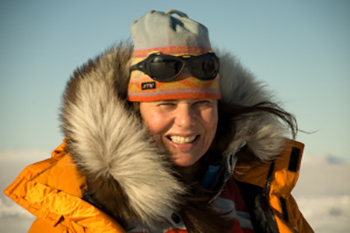
First of all, a little background: In 1908, Frederick Cook claimed to be the first to reach the North Pole and then, a year later, Robert Peary claimed to be the first to the Pole. Both claims have been disputed, and there have been many volumes written to support or vilify these adventurers. Finally, in 1969, Wally Herbert and companions became the first undisputed non-mechanized North Pole expedition (although they used airdrops, an advantage not available to Peary and Cook.) Since then, gobs of people have made the trek, many of them breaking one record or another.
Recently, due to global warming, the expedition has become increasingly difficult, and, to my knowledge, no one has completed a North Pole trek in the last few years, although many have tried, or thought about trying. The problem is that the North Pole lies in the middle of a frozen ocean, and this ocean is melting rapidly, leaving large leads of open water between moving, shifting, ice pans. This mish-mash of ice and water is extremely difficult and dangerous to travel over.
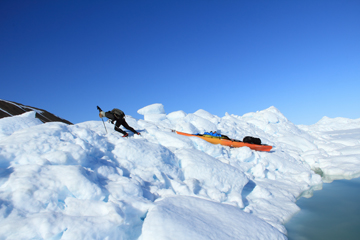
Enter Bernice and her companions, Eric Philips and Martin Hartley. They plan to ski 800 km from the North Pole to Ellesmere Island. Bernice explained that they are choosing this non-traditional direction for two reasons. One is that the winds and currents favor north to south travel rather than going “to the North Pole”, from south to north. Secondly, the most difficult and dangerous passage is right near Ellesmere Island, where strong currents shear the ice into huge pressure ridges and, worse yet, wide leads of open water. Bernice and her teammates argue that they want to approach this segment with light sleds, warmer temperatures, and when they are most fit and seasoned.
Whenever you plan an expedition, it is prudent and instructive to create an imaginary worst-case-scenario and then outline rescue possibilities, and so on. There is always a chance that everything will go wrong, even on a casual ski into the slack country, half an hour from the nearest tavern. It becomes the adventurers’ call to weigh risk and consequence and decide whether to set out or stay home. No one can make that call but the people on the expedition, who are putting their lives on the line.
My concern for Bernice is that they will start out on good ice at the North Pole, then work towards increasingly broken ice as they travel south, toward land, and later in the spring. According to the US National Snow and Ice Data Center, as of February 18, due to Global Greenhouse Warming, sea ice in the polar ocean is at an all-time record low. In my imagined worst-case-scenario, they keep moving south into increasingly fragmented ice. Gradually, they pass into a zone where rescue aircraft cannot land. Then they hit an impenetrable barrier of open water, and they become trapped, unable to move forward or backward and in a region where rescue is impossible, or at least very sketchy.
Of course, this is just a nightmare scenario. We all hope that they will cruise through on good ice, with smiles on their faces. Bernice is making a career out of raising awareness for Global Warming. Now, she needs traditionally cold temperatures and a frozen ocean.




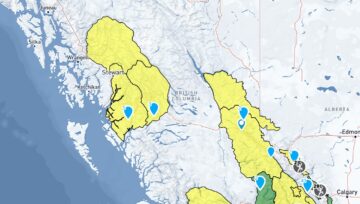
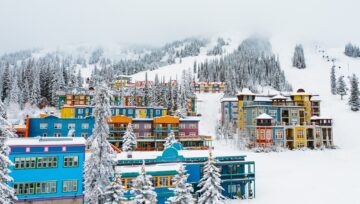

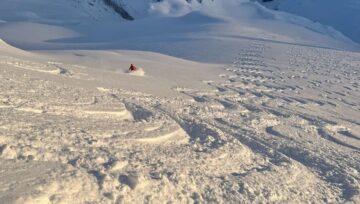


Comments